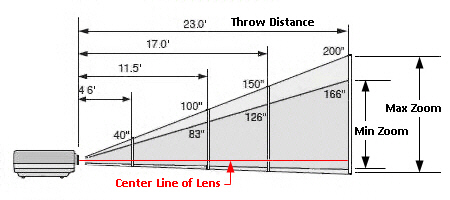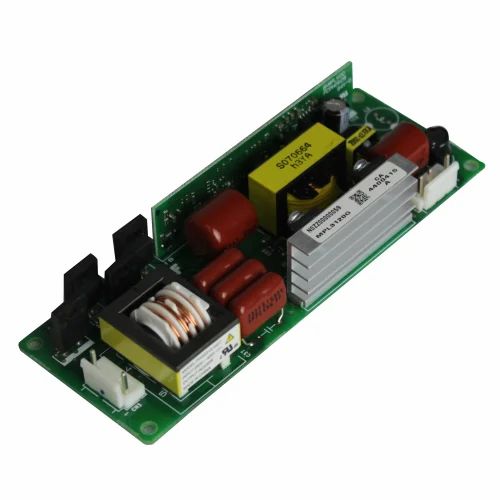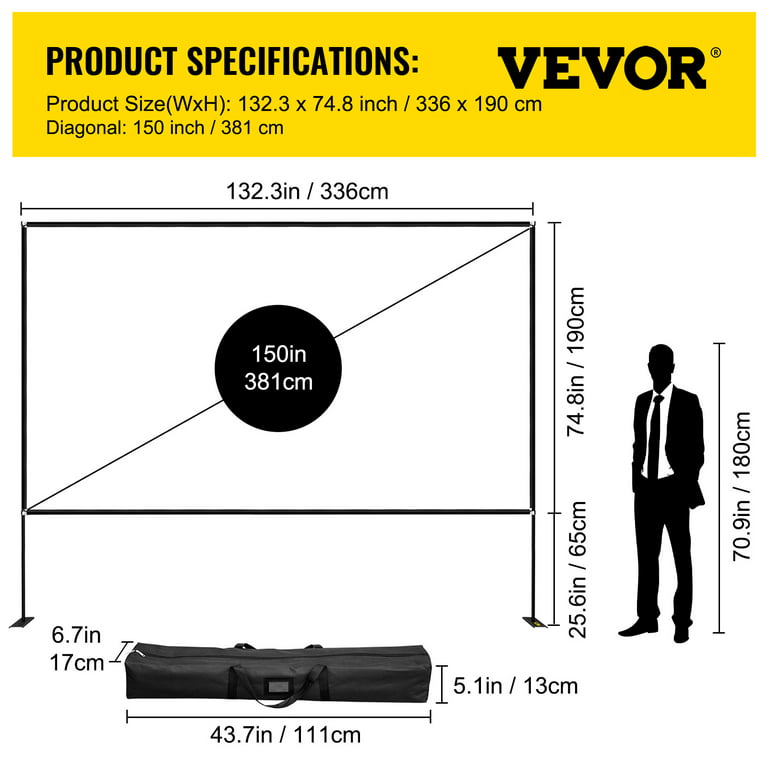Decoding Dot Projectors: A Comprehensive Look at Advanced Tech
Introduction
In the modern tech world, some innovations go unnoticed, despite their significant impact on our daily lives. One such technology is the dot projector. This fascinating device is an integral part of some of the most sought-after gadgets today, but many users aren't fully aware of what it is and its functionality. Read on to gain a comprehensive understanding of dot projectors, their roles in today's technology, and how they could shape the future tech landscape.
What is a Dot Projector?
In a world brimming with technological advancements, it's easy to overlook some of the key elements contributing to our favorite devices. Among these hidden heroes is the dot projector. But what is a dot projector?
Here's a closer look at this integral technology:
- Definition: A dot projector, nestled within your high-tech gadgets, is a component that emits a multitude of invisible infrared dots. These projections are not for visual effects, but they play a crucial role in various functionalities.
- Application: The primary role of this technology is to convert two-dimensional images into a three-dimensional platform. By doing so, it provides an accurate mapping of objects or surfaces – a crucial element in many of today's face recognition systems. For example, the dot projector is essential in Apple's iPhones, enabling the Face ID feature.
- Technology Advancement: The evolution of this tech from being hidden in the shadows to being an integral part of many top-tier tech devices highlights its importance and potential.
- Working Process: Ever wondered how your smartphone instantly recognizes your face? It's the dot projector working behind the scenes that creates a precise 3D map, recognizing and interpreting your facial features.
So, the next time you unlock your iPhone using Face ID, remember the intricate technology of the dot projector making this possible.
How Does a Dot Projector Work?
Delving into the nuts and bolts of a dot projector, its operation procedure might sound complex. However, the fundamentals are pretty straightforward. Here is a simple breakdown of just how this technology goes about its work.
1. Dot Projection: The process begins with the dot projector emitting a multitude of invisible infrared dots over the surface or object intended to be mapped.
2. Distance and Angle Calculation: The innovative technology calculates the variation in distance and angles between each emitted dot and the projector. The discrepancies resulting from these calculations are used to create a highly accurate three-dimensional portrayal.
3. Structured Light 3D Scanning: This authentic process is significant for facial recognition. The detailed, precise three-dimensional map can differentiate various physical features, making it extremely beneficial for systems that require facial recognition. Essentially, this means the days of tricking systems with photographs or face coverings are long gone.
4. Data Processing: Ultimately, all this captured data is processed by the device's main processor, which translates a two-dimensional surface into a sophisticated three-dimensional map.
Fact Sheet:
- Number of Dots Projected: The projector usually emits thousands of dots.
- Primary Function: The key function of the dot projector is to create a three-dimensional map which is fundamentally used in facial recognition systems.
- Infrared Dots: Invisible to the human eye, the infrared dots provide detail and accuracy in mapping.
- Scanning Process: Through a process known as structured light 3D scanning, 2D images become 3D.
Summary:
The impressive operation of a dot projector encompasses a multitude of steps. Beginning with the projection of invisible dots and culminating with the creation of a thorough 3D map. The novelty of this technology lies in its precision, mapping capabilities, and its vital role in strengthening security protocols in various devices, primarily through its application in facial recognition.
What are the Main Components of a Dot Projector?
A dot projector, a marvel of technology, functions through the collaboration of three essential components. These components work in a synchronized manner to emit, capture, and process the infrared dots' patterns. The following is a detailed look at these critical parts:
1. Infrared Dot Emitter: The first actor on this technological stage is the infrared dot emitter. Its responsibility is to project thousands of tiny, unseen dots onto the surface that is to be mapped. These dots transform the surface into a detailed topographic representation, which serves as the basis for creating a 3D map.
2. Infrared Camera: The second integral component of the dot projector system is the infrared camera. Its task is to capture the patterns and intensity of the projected dots accurately, laying the groundwork for the 3D transformation process. The camera gathers this data swiftly and efficiently, setting the stage for the final crucial component.
3. Processor: This is the technologically advanced 'brains' of the operation. Once the dot patterns are captured by the camera, the processor steps in to perform a transformative task. It takes the two-dimensional data collected and converts it into a precise and robust three-dimensional map, opening the doors to various applications, like facial recognition and augmented reality.
This extensive process conducted by the dot projector is a close harmony of these three key components. Through the infrared dot emitter, the infrared camera, and the main processor, an intricate technology comes alive, providing a unique blend of security and innovation in a multitude of applications.
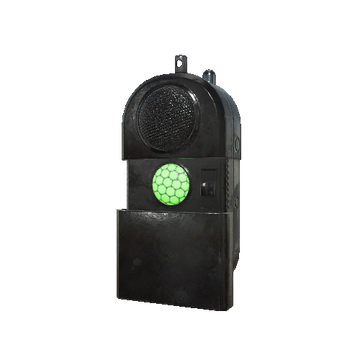
Where are Dot Projectors Utilized in Today’s Technology?
In today's diverse technological arena, dot projectors have become an indispensable utility, facilitating various functionalities across multiple sectors. Here's a closer look at where they are broadly utilized:
- Smartphones: The most recognizable use of dot projectors is in smartphones, particularly in Apple's iPhones for its Face ID feature. This innovation offers unrivaled security and user convenience by accurately mapping the user's face.
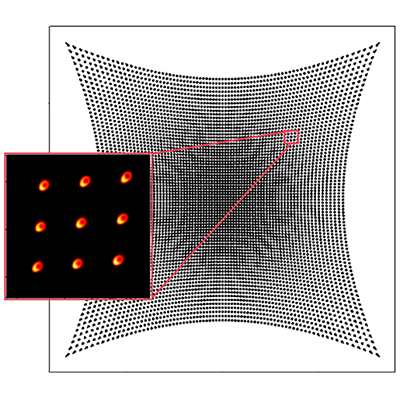
- Automobiles: The automotive industry has cleverly incorporated dot projectors in its safety features. Advanced driver assistance systems leverage dot projectors to accurately map the environment around the vehicle, thereby enhancing overall safety.
- AR/VR Headsets and Gaming Consoles: Dot projectors have successfully broken into the gaming industry, specifically in AR/VR headsets and gaming consoles. They play a crucial role in tracking the player's motion accurately, resulting in a deeply immersive gaming experience.
- Medical Technology: Lastly, the medical sector is also benefitting from dot projector technology. It aids in precision-based surgical procedures by creating accurate 3D maps for surgeons to refer to while operating.
In summary, while dot projectors may have originated in supporting facial recognition systems, their application has broadened immensely. Regardless of the industry, this technology, with its precision and reliability, has been a game-changer, making the world a smarter and safer place.
How Will Dot Projectors Shape the Future of Tech?
As technology evolves at an unprecedented pace, the role and influence of dot projectors are set to increase dramatically. Here's how we envisage dot projectors influencing the spheres of security, automotive, virtual reality, and healthcare:
1. Enhanced Face Recognition: With continuous improvements in dot projector tech, face recognition for secure access will become more prevalent and sophisticated. This means our reliance on conventional password systems may diminish, boosting overall digital security.
2. Cutting-Edge Automotive Safety: The application of dot projectors in advanced driver-assistance systems (ADAS) could elevate automotive safety levels. By contributing to the development of systems that can detect hazards and obstacles quickly and accurately, dot projectors could play a pivotal role in reducing road accidents.
3. Revolutionizing Virtual Reality: Virtual and augmented reality, enriched with sophisticated dot projectors, have the potential to drastically amplify user experiences providing unprecedented interaction realism.
4. Medical Advancements: Dot projectors hold promise in revolutionizing specific surgical interventions, enabling more accuracy and minimal invasiveness. This could not only improve patient outcomes but also shorten recovery times.
In this technology-driven era, the application and benefits of dot projectors are diverse and far-reaching. Considering these potential influences, it is evident that dot projectors will indeed play a vital role in shaping tomorrow's technology landscape.
Conclusion
To sum up, the dot projector, an often-overlooked tech gem, is an integral component of several popular devices today. Understanding its function, components, and applications helps us appreciate the advanced technology that makes our lives easier and safer.
Related FAQs about what is a dot projector
Is the Dot Projector a Recent Technology Innovation?
No, dot projectors have been in existence for a while but have gained prominence recently due to increased application, particularly in facial recognition technologies. However, companies like Apple have significantly innovated and expanded their use in recent years.
How is a Dot Projector Different from a Regular Projector?
While regular projectors display images or videos onto a surface for viewing, a dot projector emits invisible infrared dots to map a surface or object. It's primarily used for creating a three-dimensional representation, unlike regular projectors.
What is the Key Role of Dot Projectors in Facial Recognition Technology?
The key role of dot projectors in facial recognition technology is to create a three-dimensional map of the face. By projecting thousands of invisible dots and capturing their patterns, the projector provides an accurate and detailed facial map.

